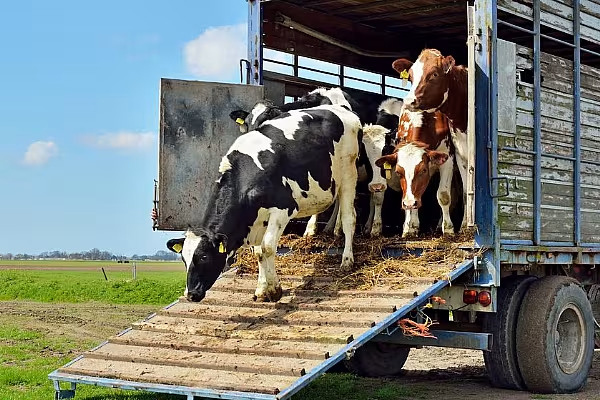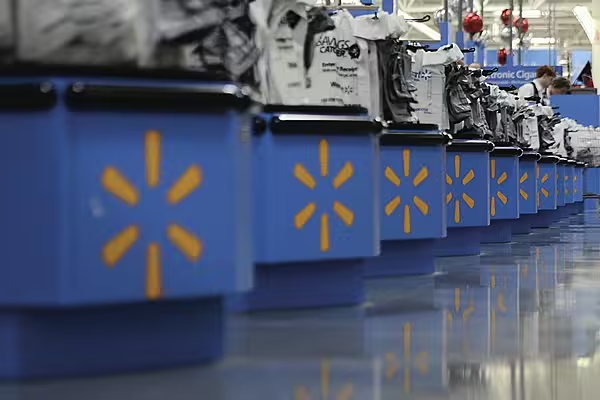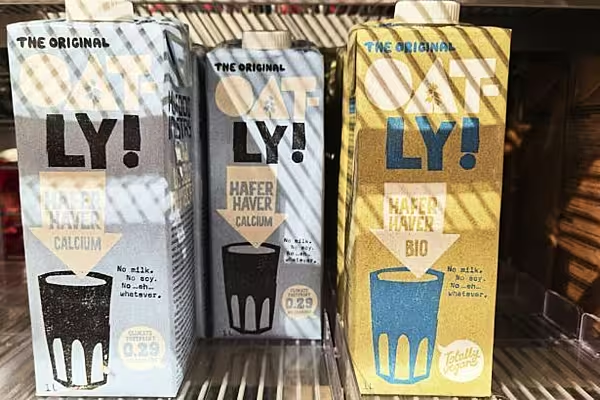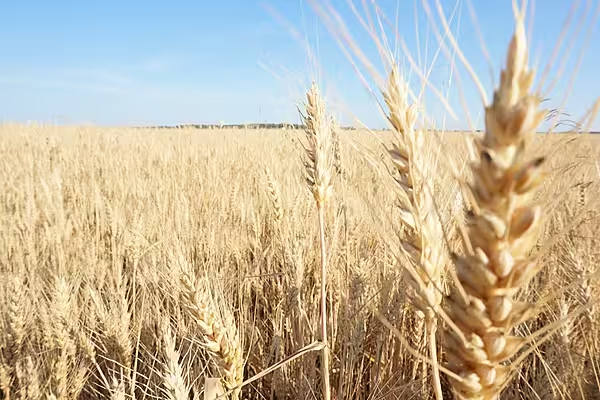Argentina's world-famous ranchers are culling their breeding cows at the highest rate in 30 years and tapping Chinese demand for meat in order to help pay their bills as access to credit has dried up for farmers in South American's No. 2 economy.
The trend underscores how Argentina's tight monetary policy and sky-high interest rates hovering around 60% are squeezing the sector, which relies on up-front investment to maintain valuable cow herds and rearing calves over several years to maturity.
'Looking For Liquidity'
"The farmers, with no real source of financing, are now looking for liquidity through these cow sales," Carlos Achetoni, president of the industry association Argentine Agrarian Federation (FAA), told Reuters.
Argentina's meat industry chamber CICCRA said in the first half of 2019 females represented 50.1% of slaughtered animals, the highest level in the last three decades and well above the maximum sustainable rate considered to be around 43%.
This trend could cut the herd by up to 400,000 head of cattle by 2020 from a total of around 53 million in March.
"It's a survival decision," said Miguel Schiaritti, president of CICCRA, who said ranchers were having to think short-term and get rid of their assets because they could not borrow at current rates.
"For ranchers the cow is the machine to produce calves. It's as if someone who manufactures bolts sold the machine which makes the bolts to finance themselves and pay their expenses."
A Silver Lining
Farmers said that Chinese demand was a silver lining, ensuring that these sales were at least proving lucrative.
Exports of beef from Argentina to the world's second-largest economy have multiplied, with shipments in the first five months of the year to Chinese ports representing 72% of Argentina's total 180,000 tonnes of beef exports, according to CICCRA.
China mainly demands cheaper cuts of beef from female cows - which better suit local cuisine more focused on shared dishes than prime cuts of steak - which has boosted the price of the category by 88% versus a year ago to an average of 43 pesos ($1.01) per live kilo in Argentina's main livestock markets.
Farmers sell the cows to local slaughterhouses, which then in turn ship the meat to global buyers including in China.
Carlos Iannizzotto, president of Argentina's association of rural producers CONINAGRO, said unusual "sky-high" prices from China helped, though the core issue was still farmers' finances.
"China exports mean at least producers don't have to give the cows away, they can get a good price. That's a blessing," added Schiaritti.
EU Deal Just 'Pain Relief'
Officials at industry bodies added a recent, landmark deal between the South American Mercosur trade bloc and the European Union - that included a larger quota for meat exports - would do little for now to resolve the crisis facing Argentine ranchers.
The bloc made up of Argentina, Brazil, Uruguay and Paraguay struck a free trade agreement in June after two decades of talks, providing for the entry into the EU of an annual quota of 99,000 tonnes of beef at a 7.5% tariff.
"The agreement is just pain relief really," said Schiaritti, whose CICCRA chamber has said that because of the limited volume - shared between the four countries - the export boost from the deal would not be that major.
Access To Credit
FAA President Achetoni added that in order to benefit from the deal, ranchers first needed authorities at home to solve the issue of access to credit, otherwise farmers would continue to be squeezed and the cattle herd would decline.
Argentina's high benchmark interest rate, set by daily central bank auctions, has helped bolster the local peso currency after it tumbled last year, but choked off access to credit, especially for small businesses and farmers.
"Before we can even really talk about getting into international markets, we need to resolve the issues of taxation and access to finance (at home)," Achetoni said.
News by Reuters, edited by ESM. Click subscribe to sign up to ESM: European Supermarket Magazine














